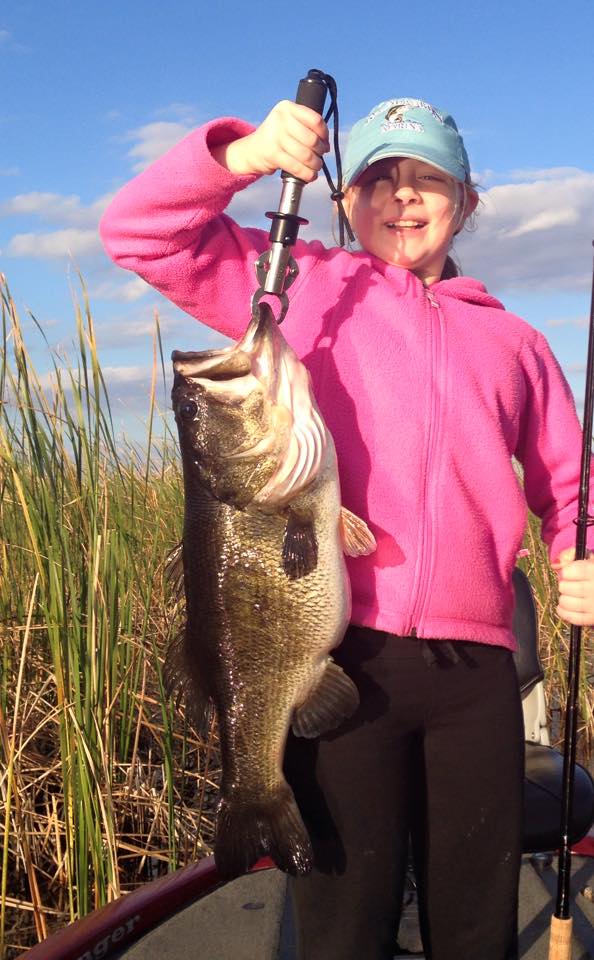Fun Facts Bass
When it is said that a person has a big mouth, it’s (usually) used as a figure of speech. In Florida’s Lake Okeechobee, there are plenty of “big mouths” swimming around, but they’re not spilling gossip. In fact, the largemouth bass goes by many names: the widemouth bass, Florida bass, bucketmouth bass, bigmouth bass, black bass, green bass, green trout, southern largemouth and northern largemouth. But the largemouth bass isn’t named in irony, the big-mouthed bass has an upper jaw that extends past the rear edge of the eye! Before you go Lake Okeechobee Fishing, make sure you know these fun and bizarre facts about the bass:
Lake Okeechobee Fishing: Fun Facts about the Bass
- Really young largemouth bass under 2 inches are referred to as “fry.” These little guys feed on zooplankton, small shrimp, insect larvae before they grow up into largemouth bass predators.
- Male largemouth bass guard the nest as the female’s 2,000 to 40,000 eggs hatch, and as fry, the father leads the school for three to four weeks in what is called a “brood swarm.”
- The world record bass weighed 22 pounds and 4 ounces and was caught in 1932. The record was tied in 2009, when a same size bass was caught in Japan.
- As adults, largemouth bass consume smaller fish like the bluegill, snails, crawfish, frogs, salamanders, snakes, and even baby alligators!
- A bass’ average lifespan is 16 years, but there have been bass to live into their 20’s.
- The largemouth bass is a celebrity in the water; it is the state fish of Georgia and Mississippi, the official freshwater fish of Alabama and Florida, and the sport fish of Tennessee.
- The largemouth bass have been introduced to every continent except Antarctica.
- The largemouth bass are aggressive and will strike at most things living. When hooked, the largemouth with break surface and become airborne as they try to fight. They are tough and stubborn, but that’s part of what makes the largemouth so great.
- The largemouth bass have a sense of smell that can detect prey with near pinpoint accuracy. Scent trails lead the largemouth bass right to their next meal.
- Bass will continue to grow regardless of age. The larger fish are usually the oldest, but the most common catches are younger bass.
- This could be a result of the largemouth’s ability to learn from its mistakes. With age comes wisdom, and the largemouth bass is no exception. It is arguably the smartest of gamefish, and if you don’t catch a bass the first time with a certain lure, there’s a good chance the largemouth will avoid any similar lures next time around.
- The bass fish have a sixth sense called the lateral line, which allow the bass to detect low-frequency vibrations in the water around them. This is made possible through a row of pores filled with nerve endings and water. Different vibrations and frequencies tell the bass what types of predators or prey are nearby. Bass aren’t the only fish to have this sixth sense, and those that do, including the bass, are known as “sight feeders,” with the lateral line giving bass fish the power to catch prey in the dark.

Reserve your trip to go bass fishing on Lake Okeechobee today!
If you’re looking for a great fishing vacation, head to the Roland & Mary Ann Martins Marina & Resort on Lake Okeechobee. You’ll find the best amenities around, and the prime location for largemouth bass fishing. If your really want to make a catch, consider hiring professional Lake Okeechobee Bass Fishing guides and get in the game!
